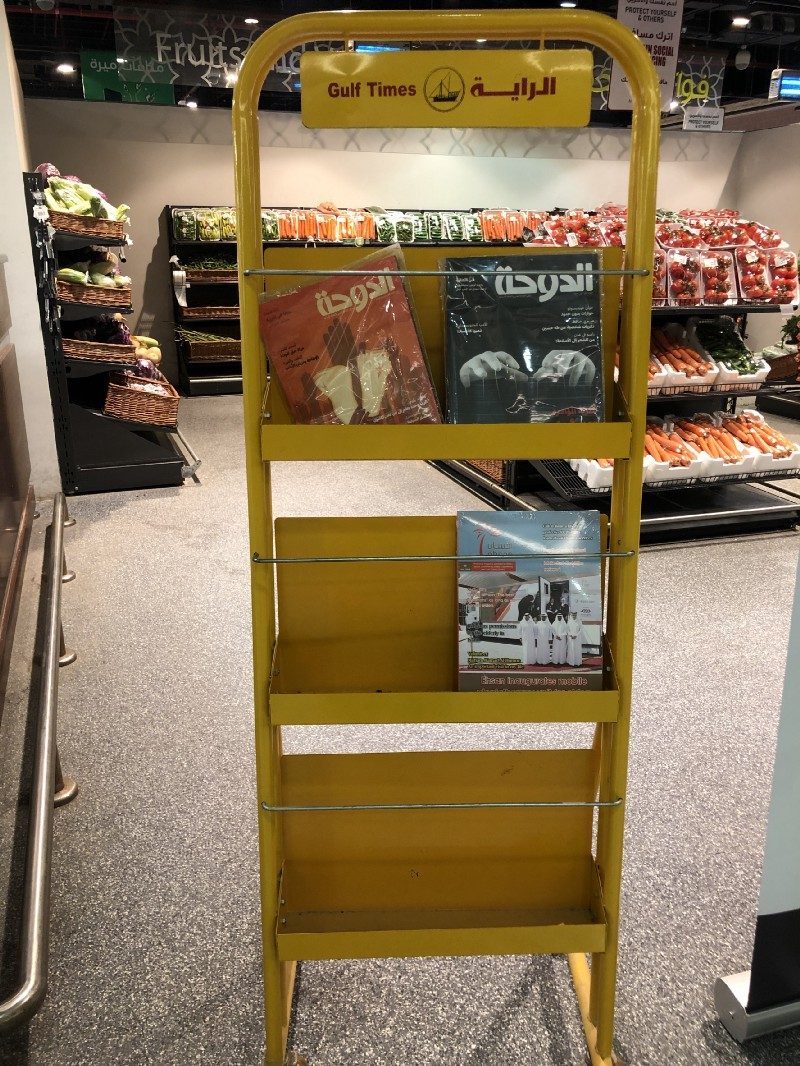By: Ameera AlSaid

Some printed newspapers in Qatar had been able to survive the digital era, continuing daily deliveries for their thousands of readers, but in the last three months everything has totally changed.
You may have noticed that newspapers in Qatar have completely stopped their print edition and delivery as a precautionary measure to prevent the spread of COVID-19. Gulf Times stopped printing on March 18th and have continued sharing news in PDF format. A Gulf Times journalist explained that their printing houses are located in the Industrial Area, and after that area was shut down, printing had no choice but to stop. Other local newspapers are also publishing digitally, alongside using social media platforms to keep the public informed.

Like any other industry economically affected during this global pandemic, newspapers were also forced to rethink how they conduct business. Many employees were laid off while others suffered pay cuts. With most of the revenue coming from advertising, the fact that printing was put on hold meant that revenue decreased significantly. “We do not know for sure if and when we will go back to print because that is when we will generate revenue. Everyone is waiting.”
A 2019 report by Northwestern University in Qatar on Media Use in the Middle East looked at what sources people in Qatar use to get news and information. 76% of the time, people used websites and social media. 80% of the time instant/Direct messaging were and news applications were used the most frequently at 86%.
These percentages present an opportunity for local newspapers to establish an online readership and make a complete transition to digital publishing instead of print. However the journalist we spoke to does not see this happening in the near future. According to research conducted prior to COVID-19, Gulf Times learned that there is still a considerable number of readers who rely on printed newspapers.
The journalist stressed the importance of print, as it is the method organizations here prefer to use when publishing press releases. There are a few issues to overcome before transitioning fully to a digital medium, such as the question of digital policy. Also, publishing digitally allows for alternative page layouts, possibly taking focus away from the text and emphasising visuals more than was previously done.
While there is a clear opportunity to focus on digital output, print is likely to still continue. “Once printing starts it will be the same.”
After contacting local newspapers no date for printing was confirmed as they are all waiting for an official announcement from the government. Some expect that printing might resume in July.
A group of people who would be heavily affected by the possible transition is newspaper sellers. When we asked about those men who used to sell newspapers on the streets, we were told by different newspapers that they are not working and are staying at the housing provided by them.

With the easing of restrictions and life going back to what it used to be, the survival of printed newspapers remains unclear.






